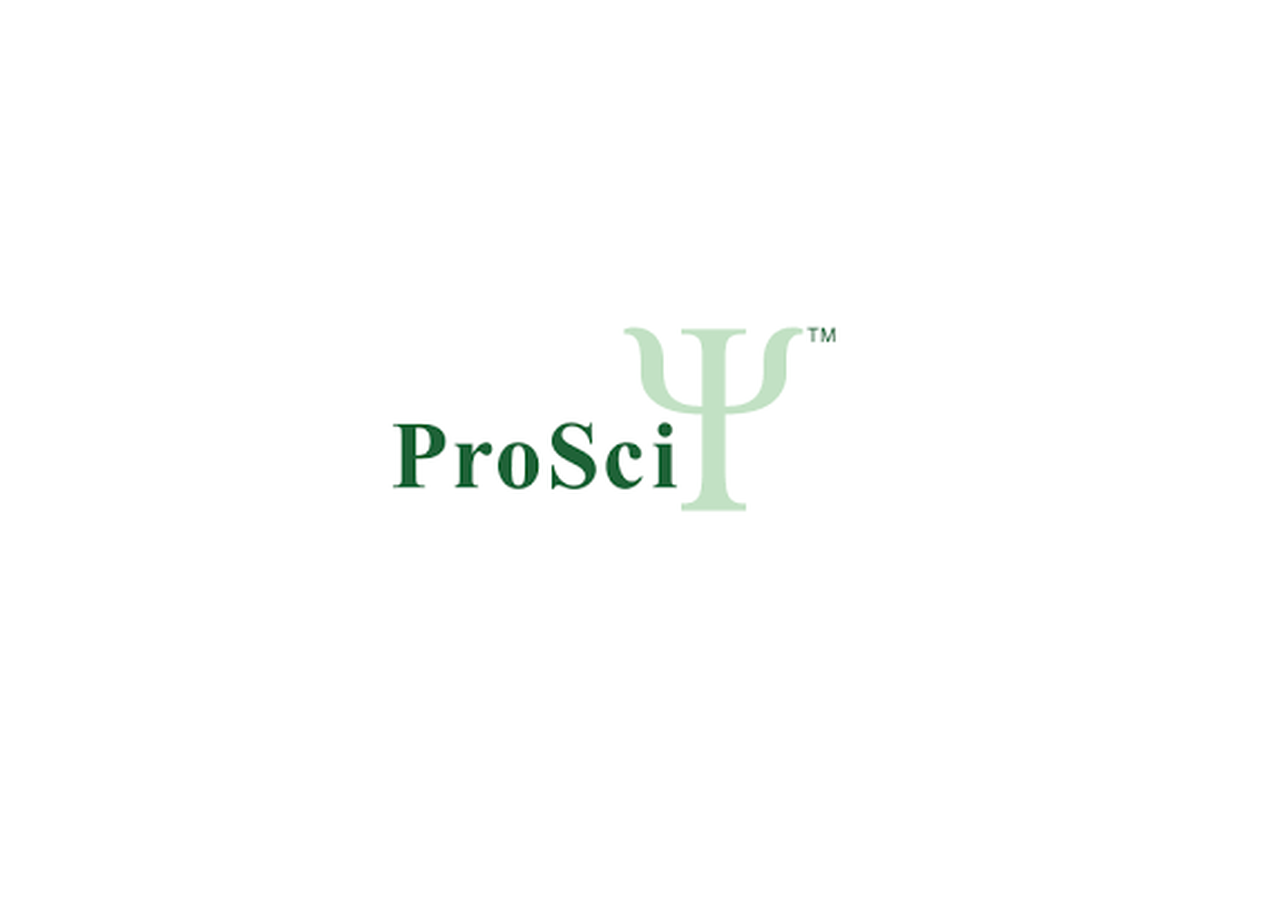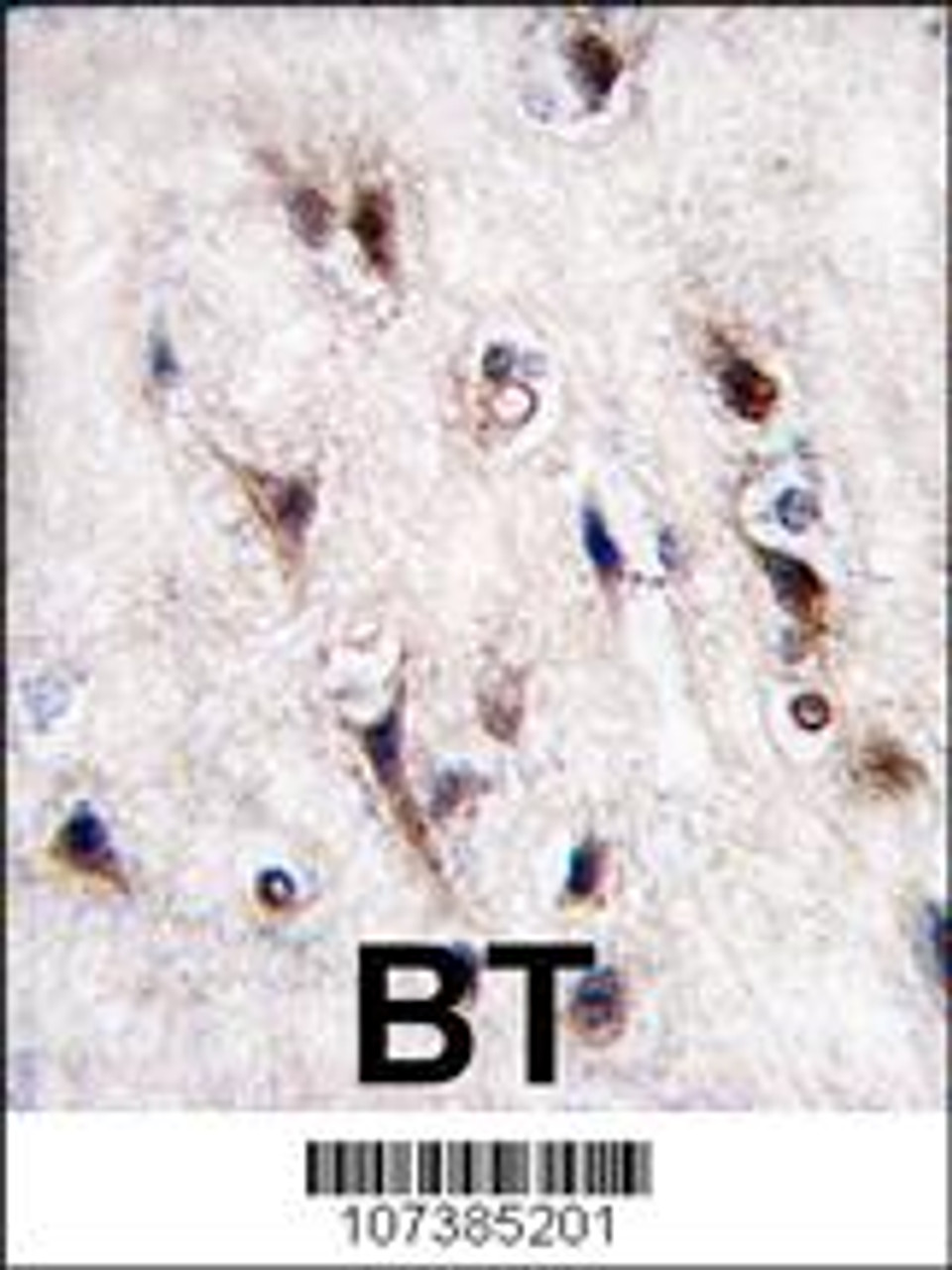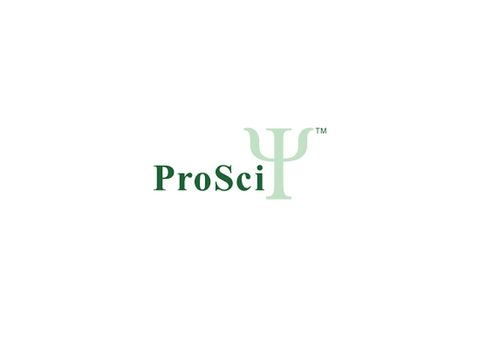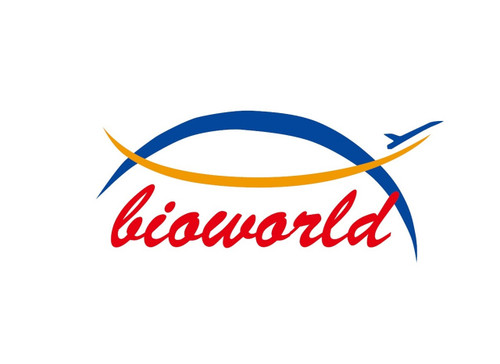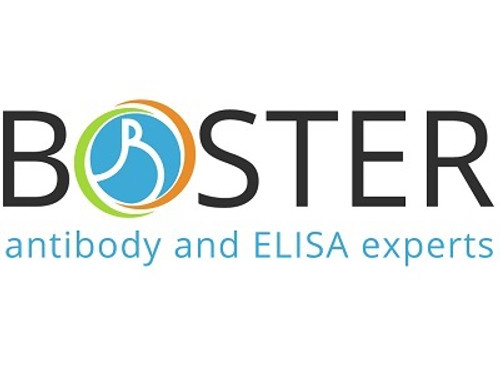Product Description
NURR1 Antibody | 62-276 | ProSci
Host: Rabbit
Reactivity: Human, Mouse
Homology: Predicted species reactivity based on immunogen sequence: Rat, Bovine
Immunogen: This NURR1 (NR4A2) antibody is generated from rabbits immunized with a KLH conjugated synthetic peptide between 13-42 amino acids from the N-terminal region of human NURR1 (NR4A2) .
Research Area: Cancer, Immunology, Obesity, Neuroscience
Tested Application: WB, IHC-P, IF
Application: For WB starting dilution is: 1:1000
For IHC-P starting dilution is: 1:50~100
For IF starting dilution is: 1:10~50
Specificiy: N/A
Positive Control 1: N/A
Positive Control 2: N/A
Positive Control 3: N/A
Positive Control 4: N/A
Positive Control 5: N/A
Positive Control 6: N/A
Molecular Weight: 67 kDa
Validation: N/A
Isoform: N/A
Purification: This antibody is prepared by Saturated Ammonium Sulfate (SAS) precipitation followed by dialysis
Clonality: Polyclonal
Clone: N/A
Isotype: Rabbit Ig
Conjugate: Unconjugated
Physical State: Liquid
Buffer: Supplied in PBS with 0.09% (W/V) sodium azide.
Concentration: batch dependent
Storage Condition: Store at 4˚C for three months and -20˚C, stable for up to one year. As with all antibodies care should be taken to avoid repeated freeze thaw cycles. Antibodies should not be exposed to prolonged high temperatures.
Alternate Name: Nuclear receptor subfamily 4 group A member 2, Immediate-early response protein NOT, Orphan nuclear receptor NURR1, Transcriptionally-inducible nuclear receptor, NR4A2, NOT, NURR1, TINUR
User Note: Optimal dilutions for each application to be determined by the researcher.
BACKGROUND: Parkinson's disease (PD) is a multifactorial disease that appears to arise from the effects of both genetic and environmental influences. The known genetic factors include multiple genes that have been identified in related parkinsonian syndromes, as well as alpha-synuclein. Genes associated with either PD or Parkinson-related disorders include parkin, DJ-1, ubiquitin C-terminal hydrolase isozyme L1 (UCH-L1) , nuclear receptor-related factor 1 (NURR1) , and alpha-synuclein. Nurr1 is a transcription factor that is expressed in the embryonic ventral midbrain and is critical for the development of dopamine (DA) neurons. It belongs to the conserved family of nuclear receptors but lacks an identified ligand and is therefore referred to as an orphan receptor. RXR ligands can promote the survival of DA neurons via a process that depends on Nurr1-RXR heterodimers. In developing DA cells, Nurr1 is required for the expression of several genes important for DA synthesis and function. Nurr1 is also important for the maintenance of adult DA neurons.
 Euro
Euro
 USD
USD
 British Pound
British Pound
 NULL
NULL

